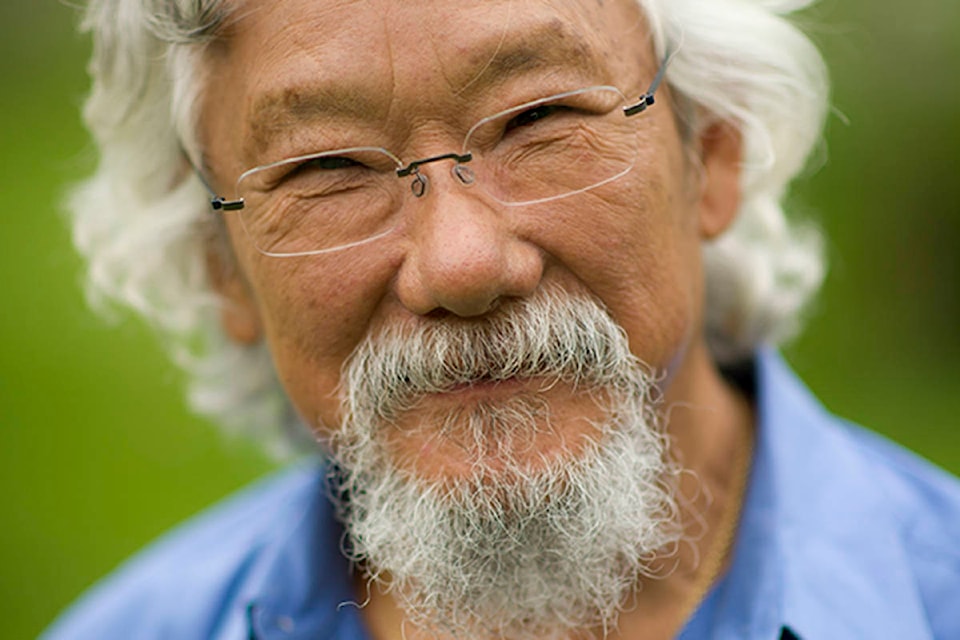By 2002, drivers in London, England, were spending as much as half their commuting time stalled in traffic, contributing to much of the city centre’s dangerous particulate pollution. To deal with a growing population, increasing gridlock and air quality concerns, the city implemented a congestion charge, using a photo-based licence-recognition system.
Between 7 a.m. and 6 p.m. on weekdays, drivers entering a 21-square-kilometre zone in Central London are charged a fee, which has risen from about C$8.50 in 2003 to $20 now. The city offers discounts or exemptions for zone residents, people with disabilities, emergency vehicles, motorcycles and taxis.
Congestion pricing is a solution that works. But politically, it’s a difficult sell. Drivers don’t like to pay tolls on top of what they already pay to buy, maintain, fuel and park their vehicles. They often forget, though, the less visible costs of congestion: arriving late, having to leave early and burning fuel while stalled or moving at a crawl. Most people end up better off with a well-designed congestion pricing plan.
Although London’s plan faced opposition and debate — even a legal challenge — its success has led to widespread acceptance. Almost overnight, drivers who could change behaviour did, travelling at off-peak hours, carpooling or taking transit. Those who chose to drive despite the charge benefited from less congested roads. Within just three years, traffic went down by 15 per cent, and congestion — the extra time to make a trip because of impeded traffic flow — was reduced by 30 per cent. Businesses saw immediate gains, as costs of shipping delays and paying drivers stuck in traffic fell.
Benefits continue. More people take buses to the centre and fewer rely on private automobiles. Shorter commuting times mean more time with family and friends, less aggravation and saving money on gas and vehicle maintenance. The fees also generate about C$300 million a year, which are invested in non-car transportation improvements.
London now has new congestion challenges. To improve safety, health and the environment, and to move more people, road space has been allocated to walking and cycling, which are surging in popularity. For-hire vehicles like Uber, taxis and minicabs — which are exempt from the fee — have also increased significantly. London is looking to a number of solutions, including expanding the fee zone and studying congestion pricing in places like Stockholm, Sweden, where rates vary according to zone and time of day. As cities grow, challenges around pollution, traffic congestion and automobile infrastructure increase. Studies show you can’t build your way out of congestion. More roads and bridges bring more cars.
Costs can be offset by reducing or eliminating gas or other taxes, and revenues can be invested in transit improvements to make getting around without a car easier.
Reducing congestion and pollution and tackling the climate crisis require getting people out of their cars. Congestion pricing is a fair, effective way to reduce reliance on private automobiles, improve traffic flow and help fund public transportation. Let’s do it.
David Suzuki is a scientist, broadcaster, author and co-founder of the David Suzuki Foundation. Written with David Suzuki Foundation Senior Editor Ian Hanington.
